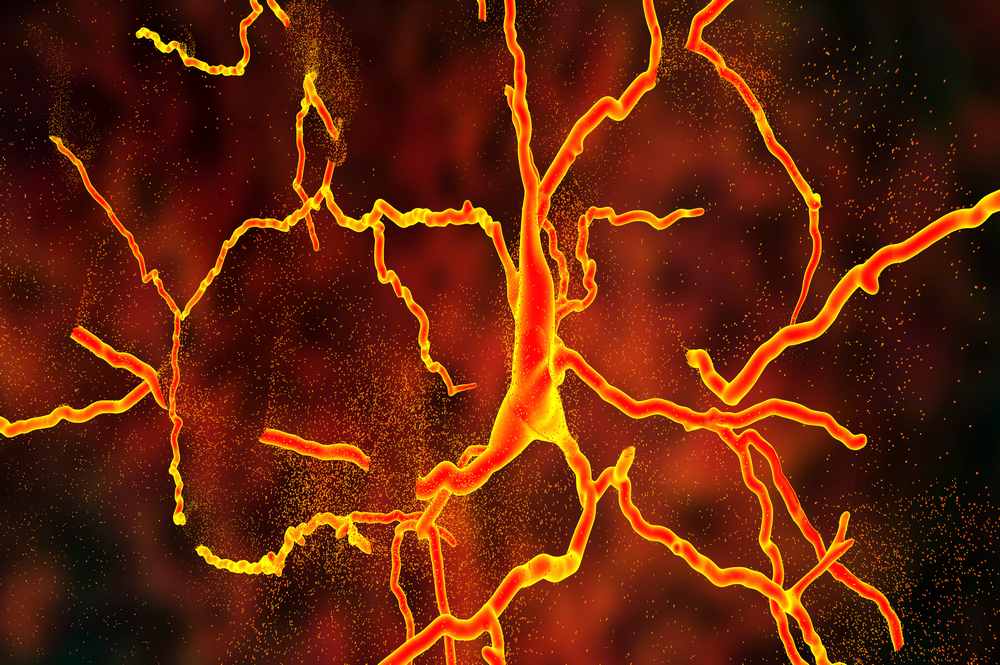Parkinson’s Disease Stages

Parkinson’s disease is a type of neurological disorder that progresses with time which means that the symptoms of the disease typically get worse over time. A majority of the doctors consider the Hoehn and Yahr scale to characterize and classify the stages of Parkinson’s disease in their patients. Hoehn and Yahr scale divides the symptoms of Parkinson’s disease into five stages and also helps the healthcare providers to gauge the progression of the disease by looking for the signs and symptoms. [6]
Following are the five stages of Parkinson’s disease:
- Stage 1
Stage 1 of Parkinson’s disease is one of the mildest forms of the disease. The stage has such mild symptoms that you might not experience the symptoms which are bothersome and noticeable. In addition, stage 1 Parkinson’s disease might not interfere with a person’s daily tasks and life at this point yet. While some people might have symptoms that typically isolate on only one side of the body.
- Stage 2
The advancement of Parkinson’s disease from stage 1 to stage 2 can take several months or even years in some cases. Each individual goes through a varied experience. Stage 2 is rather a moderate stage for patients and they might start experiencing some symptoms, such as:
-
- Tremors
- Changes in facial expressions
- Trembling
- Muscle stiffness
Symptoms like tremors and muscle stiffness start complicating daily life tasks and prolonging the time it takes you to complete the tasks normally. However, at the stage 2 of Parkinson’s disease a person is less likely to go through balance problems. Symptoms might appear on both sides of the patient’s body. Changes in facial expressions, gait, and posture might be more noticeable at stage 2 of Parkinson’s disease.
- Stage 3
At this moderate stage of Parkinson’s disease, symptoms might get to a turning point. Although you are unlikely to experience the advancing symptoms but they might be more noticeable. Certain symptoms at stage 3 of Parkinson’s disease might also start interfering with all of the person’s daily tasks. In addition, movements begin to go slower which is noticeable thus slows down the performance of several activities. Balance problems become more prominent as well. Falls are quite common and frequent at stage 3 of Parkinson’s disease. Despite the advancement in symptoms, people having stage 3 Parkinson’s disease can generally complete their daily life activities and maintain their independence without the need of assistance.
- Stage 4
The advancement from stage 3 to stage 4 usually brings about noticeable changes. At stage 4 of Parkinson’s disease, a patient will experience huge difficulty to stand up without an assistive device or a walker. Muscle movements and reactions also slow down significantly. Living alone can be possibly unsafe and dangerous for the patient at stage 4 of Parkinson’s disease.
- Stage 5
Stage 5 is the most progressive stage of Parkinson’s disease with severe symptoms that make around-the-clock help a necessity. It can be difficult, if not impossible for the patients to even stand up on their own. A wheelchair or assistive device will be a requirement. Moreover, at stage 5, people with Parkinson’s disease might start experiencing delusions, confusion, and hallucinations.
